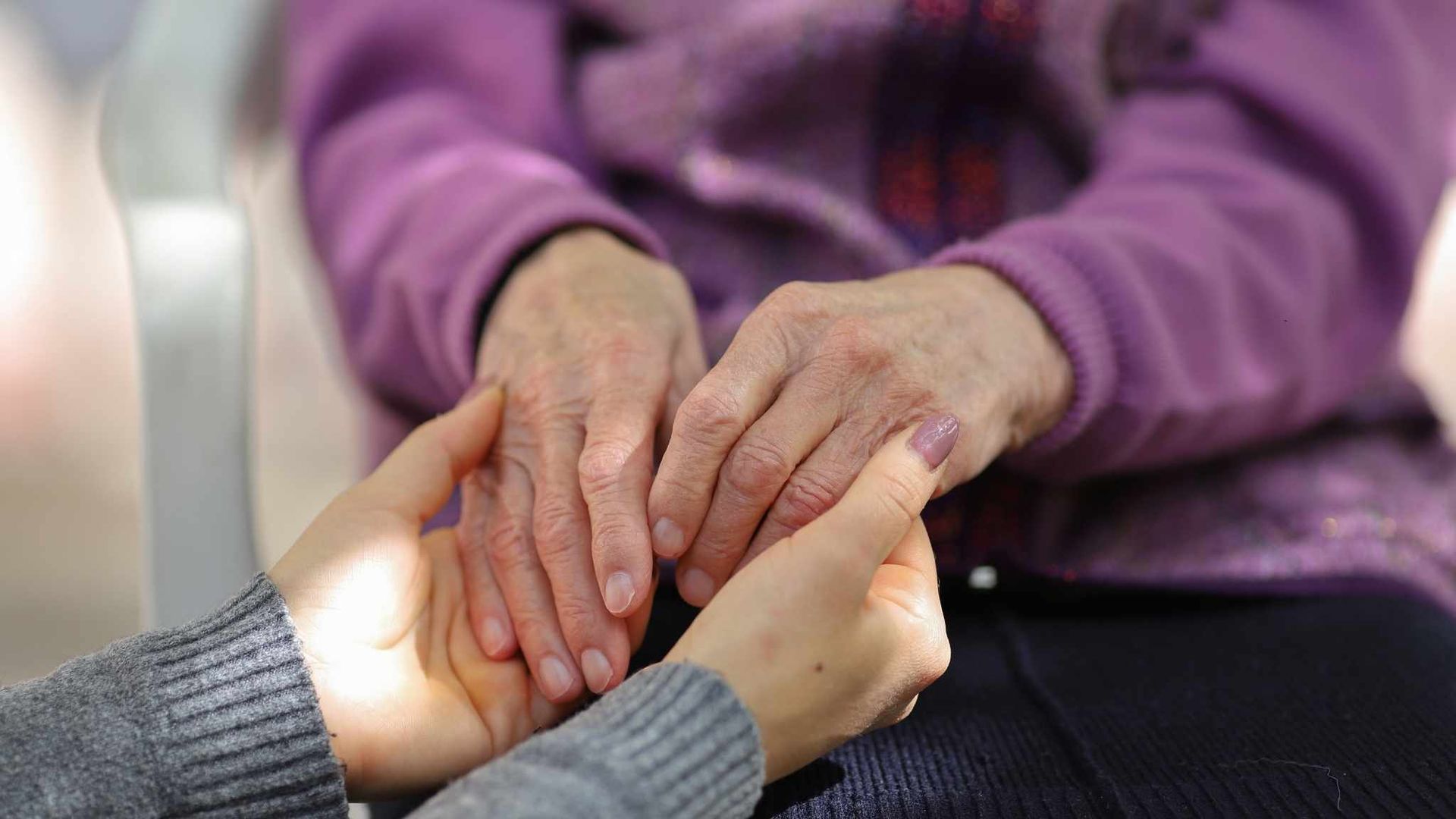What Is a Convalescent Home Compared to Hospice Care?
Whether it’s an illness, surgery, or injury, these events often require specialized care to help individuals heal or cope.
Understanding what a convalescent home is and how it differs from
hospice care becomes crucial. Choosing the right healthcare facility can feel overwhelming, but having clear information makes a world of difference.
In this article, we'll talk about convalescent homes and hospice care, breaking down their differences to help you make an informed decision for yourself or a loved one. By the end, you'll have a clearer understanding of these two care options and which might be the best fit for specific needs and circumstances.
What is a Convalescent Home?
A convalescent home, often referred to as a rehabilitation center, focuses on the short-term recovery and rehabilitation of individuals recovering from illness, injury, or surgery. These facilities are designed for temporary stays, offering a bridge between leaving the hospital and going back home.
Typical services of a convalescent home include:
- Physical Therapy - For restoring and improving physical capabilities and movement
- Occupational Therapy - To help people relearn daily activities
- Nursing Care - To provide medical attention for recovery needs
- Support with daily tasks - To assist with eating, bathing, and dressing
In addition to these services, convalescent homes often provide emotional support to patients, helping them and their families navigate through their recovery process. Approaching the recovery process in this way ensures that patients heal not just physically but in all aspects as well.
Who Works in a Convalescent Home?
Convalescent homes are usually staffed by skilled on-site or on-call medical staff to facilitate recovery. This includes registered nurses, physical therapists, occupational therapists, and aides.
Nurses provide general medical care, monitor the patients, and administer medications, while physical therapists help patients regain mobility and strength. Occupational therapists, on the other hand, teach skills or strategies for patients to perform daily tasks more efficiently and independently.
Nursing aides are support professionals who assist with daily activities and offer companionship to patients. Each of these professionals plays a crucial role in creating an efficient and supportive recovery environment, and together they can ensure the patient’s safety, comfort, and progress.
What Services Do Convalescent Homes Provide?
Convalescent homes provide many different services and amenities for patients, such as medical care, therapy, nutritional support, and comfortable accommodations.
Medical care can include monitoring vital signs, wound management, and specialized services, while various rehabilitation therapies such as physical, occupational, speech therapy, and psychological counseling. Nutritional support includes providing balanced meals to aid patients’ healing and comfortable accommodations characterized by safe, hygienic, and productive environments.
In ensuring the quality of service they are going to receive, families or patients should first check if their chosen convalescent home is up to industry standards, such as in facility licensing, employing licensed and certified professionals, and other nationally recognized certification processes.
Can Residential or Hospice Care Homes Provide Similar Services?
Residential and hospice care homes may offer some overlapping services, such as basic medical care, personal support, nutritional assistance, and comfortable accommodations. These similarities might make people wonder, "What is a convalescent home, and how does it compare?"
At first glance, they may seem similar, but there are significant differences.
Unlike convalescent homes, residential and hospice care homes typically lack 24/7 access to skilled medical professionals, a strong focus on recovery and rehabilitation therapies, and the ability to handle medical emergencies effectively.
Convalescent Homes vs. Hospice Care
Convalescent homes and hospice care serve distinct purposes, catering to different stages of a person’s health journey. Convalescent homes focus on helping individuals recover and regain strength after an illness, injury, or surgery.
In contrast, hospice care is designed to provide comfort and support for patients with terminal illnesses in their final stages of life.
Below is a simple table showing the key differences between the two:
| Convalescent Homes | Hospice Care | |
|---|---|---|
| Primary Goal | Recovery and rehabilitation | Comfort and quality of life in terminal stages |
| Focus | Regaining strength and returning to daily life | Supporting daily needs during end-of-life care |
| Care Services | Physical therapy, occupational therapy, medical care | Pain management, emotional support, and daily assistance |
| Duration of Stay | Temporary, until recovery is achieved | Long-term, for the remainder of life |
| Medical Professionals | Skilled nurses and rehabilitation specialists | Caregivers, aides, and hospice nurses |
| Patients Served | People recovering from illness, injury, or surgery | Individuals with terminal illnesses |
Choosing between these options depends on the patient’s health needs. Convalescent homes help individuals regain independence and transition back to their normal routines, while hospice care provides emotional and physical support for patients and families during the end-of-life journey.
How to Choose Between a Convalescent Home and Hospice Care?
Deciding between a convalescent home and hospice care depends on the patient’s health, goals, and needs. Start by thinking about whether the patient is recovering from an illness or injury or if they have a terminal illness and need comfort care. It’s also important to ask what matters most: getting better and returning to daily life,or managing pain and finding peace in the final stages of life.
Here’s a simple checklist and quiz to guide your choice:
Checklist to Help You Decide
- Is the patient recovering from surgery, an illness, or an injury? → Convalescent Home
- Does the patient have a terminal illness and need end-of-life care? → Hospice Care
- Does the patient need therapy to regain strength or mobility? → Convalescent Home
- Is the focus on comfort, emotional support, and pain relief? → Hospice Care
- Are 24/7 medical professionals needed for recovery? → Convalescent Home
Quick Quiz
1) Is the patient trying to recover and return to normal activities?
Yes → Convalescent Home
No → Hospice Care
2) Is the patient’s main goal to manage pain and enjoy their remaining time?
Yes → Hospice Care
No → Convalescent Home
3) Does the patient need help with daily activities and personal care only?
Yes → Hospice Care
No → Convalescent Home
Tips for Deciding
- Speak with healthcare providers for advice on the patient’s specific needs.
- Visit care facilities to see their services and environment.
- Take time to think about the patient’s unique situation and what’s best for their well-being.
By considering these questions and steps, you can make a thoughtful choice that ensures the patient receives the care and support they need.
Conclusion
When deciding on the best care option for yourself or a loved one, understanding what is a convalescent home can make all the difference. These homes are focused on helping people recover from illnesses, surgeries, or injuries so they can regain their strength and return to daily life.
On the other hand, hospice care is designed for those in the final stages of life, offering comfort and support for patients and their families.
Choosing between these two options depends on the individual’s needs and goals. If recovery and rehabilitation are the main focus, a convalescent home might be the right choice. If the goal is comfort and peace during a terminal illness, hospice care is the better option.
Knowing the purpose of each can help you make an informed decision and ensure the right care for any situation.
That being said, if compassionate hospice care is what you need for your loved one,
Olympia Hospice is here to provide the support you need. Our dedicated team is committed to ensuring comfort, dignity, and peace during this challenging time.
Contact us today to learn more about our services and how we can help you and your family.










